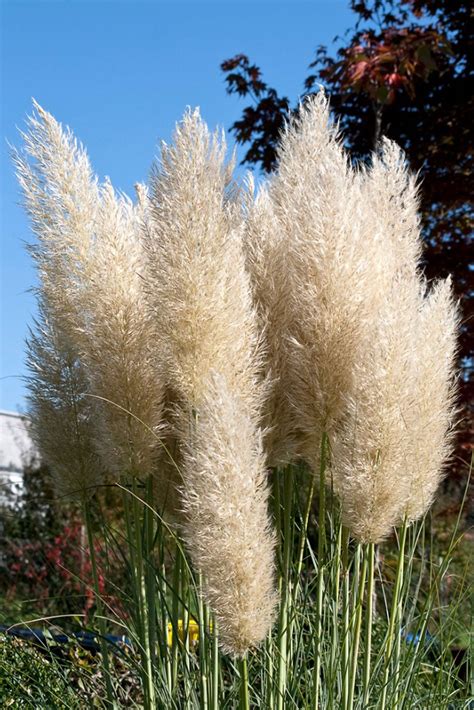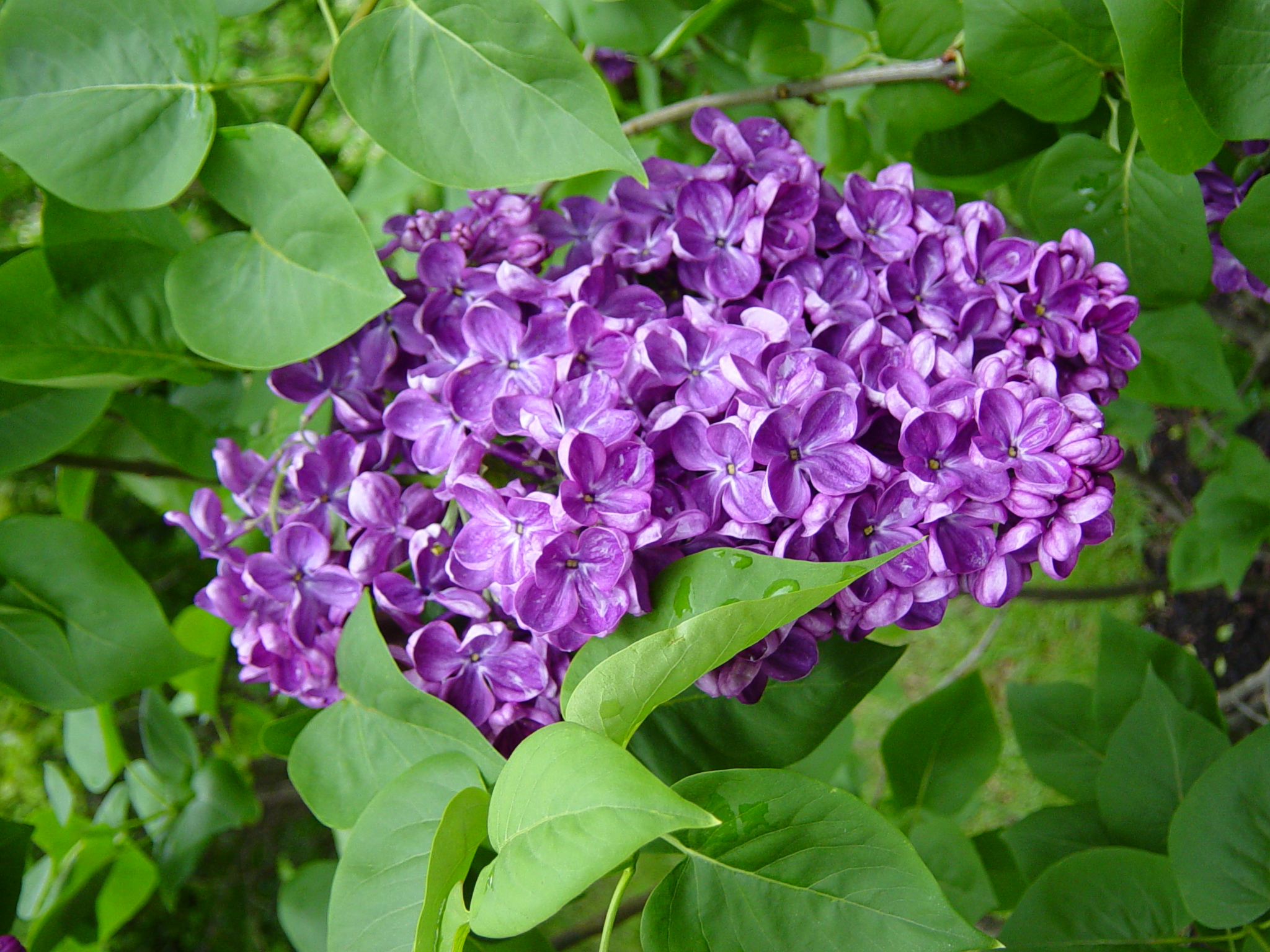How To Grow And Care For A Pampas Grass Plant
Pampas grass, also known as "Cortaderia," is a stunning addition to any garden or landscape. Its trademark fluffy plumes and tall stature make it a favorite among gardeners and landscapers alike. However, planting and caring for pampas grass can be a challenge, especially for those who are new to gardening. That's why we've created this complete guide to planting and caring for pampas grass, complete with plant attributes, plant care tips, pruning advice, propagation instructions, potting and repotting instructions, and tips for dealing with common pests and plant diseases. Plant Attributes: Pampas grass is a tall ornamental grass that can grow up to 10 feet tall and 6 feet wide. It's native to South America and is well-suited to dry climates with plenty of sunshine. The grass has long, narrow leaves that grow in clumps, and it produces large, fluffy plumes that can be white, pink, or purple in color. The plumes are typically produced in late summer and fall, and they can be used in floral arrangements or dried for ornamental purposes. Plant Care: Pampas grass requires very little care once it's established, making it a great choice for low-maintenance landscapes. However, there are a few things you can do to help your grass thrive: - Watering: Pampas grass is drought-tolerant and can survive on very little water, but it will grow faster and look healthier if it's watered regularly. Water deeply once a week during the growing season, and reduce watering in the winter when the grass is dormant. - Fertilizing: Pampas grass doesn't require fertilization, but you can give it a boost by applying a slow-release fertilizer once a year in the spring. - Soil: Pampas grass prefers well-draining soil with a pH of 6.0 to 7.5. If your soil is heavy, you can amend it with sand or perlite to improve drainage. - Sunlight: Pampas grass needs at least six hours of sunlight per day to grow and produce plumes. Plant it in a sunny spot away from shade. Pruning: Pruning pampas grass is essential to keep it looking neat and tidy. The grass should be pruned once a year in late winter or early spring before new growth appears. Follow these steps to prune your pampas grass: 1. Wear gloves and long sleeves to protect yourself from the grass's sharp leaves. 2. Cut the dead foliage down to about 6 inches from the ground using a pair of sharp shears or a pruning saw. 3. Use a rake to remove the dead foliage and debris from the area around the plant. Propagation: Pampas grass can be propagated by dividing the clumps or by growing it from seed. Here's how to do each: - Dividing: To divide your pampas grass, wait until early spring when new growth appears. Dig up the clump and use a sharp knife or shovel to divide it into smaller sections. Replant the sections in well-draining soil and water deeply. - Seed: To grow pampas grass from seed, start by soaking the seeds in water overnight. Sow the seeds in a well-draining seed-starting mix and keep them moist. The seeds should germinate in 1-2 weeks. Once the seedlings have 4-6 leaves, transplant them into individual pots or outdoors in well-draining soil. Potting & Repotting: Pampas grass can be grown in containers, but it requires a large pot and plenty of sunlight. Here are some tips for potting and repotting pampas grass: - Potting: Choose a pot that's at least 24 inches in diameter and 18 inches deep. Fill the pot with a well-draining potting mix and plant the pampas grass in the center. Water deeply and place the pot in a sunny spot. - Repotting: Pampas grass should be repotted every 2-3 years to prevent it from becoming root-bound. Remove the plant from its pot and trim away any dead or damaged roots. Replant the grass in a larger pot with fresh potting mix and water deeply. Common Pests & Plant Disease: Pampas grass is generally pest and disease-free, but there are a few problems to watch out for: - Mealybugs: Mealybugs are small, white insects that leave a cotton-like residue on the grass. Treat mealybugs with insecticidal soap or neem oil. - Leaf spot: Leaf spot is a fungal disease that causes yellow or brown spots on the leaves. Remove infected foliage and treat the grass with a fungicide. Common Problems: Pampas grass can become invasive if not properly contained, and it may need to be controlled in some areas. Additionally, the grass can be a fire hazard in dry climates, so it should be planted away from buildings and other fire-prone areas. In conclusion, planting and caring for pampas grass can be a rewarding experience for any gardener. With the right care and attention, your pampas grass can thrive and become a beautiful focal point in your garden or landscape. Remember to water regularly, fertilize sparingly, prune annually, and watch for pests and diseases. By following these tips, you can enjoy the beauty of pampas grass for years to come. 


www.growplants.org
tr.pinterest.com
www.gardeningknowhow.com

:max_bytes(150000):strip_icc()/mayapple-native-shade-plant-4125670-06-605d9eb581474ed09ab73b7dc8f26af8.jpg)


Post a Comment for "How To Grow And Care For A Pampas Grass Plant"